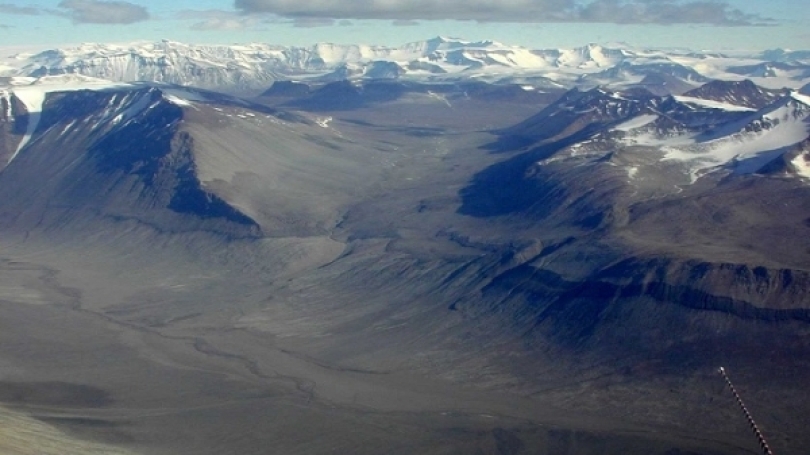
Climate Change in Antarctica's Desert Involves Breathing Microbes Too
The McMurdo Dry Valleys of Antarctica, a mostly ice-free area in the vast southern continent, are roughly the size of Mexico. Changes in the area's carbon dioxide flux are often thought to be caused entirely by geochemical movement in the soil, but a group of researchers from Arizona State University and Dartmouth College recently published their findings regarding soil organisms and the small but significant effect their respiration has on this very arid area.
Co-lead author Ross Virginia, a professor of Environmental Studies and director of the Dickey Center's Institute of Arctic Studies at Dartmouth, says, according to Eurekalert: "The Dry Valleys are a very climate-sensitive system because it is so cold. A small increase in temperature can tip the ecosystem from frozen to melting, turning patches of desert into a wetland. That makes the soil a very different kind of habitat for the organisms living there, and it can change the cycling of carbon and the release of carbon dioxide. Under projected climate warming in the Dry Valleys, we can expect more water and a faster carbon cycle."
Read the entire article in Nature World News.